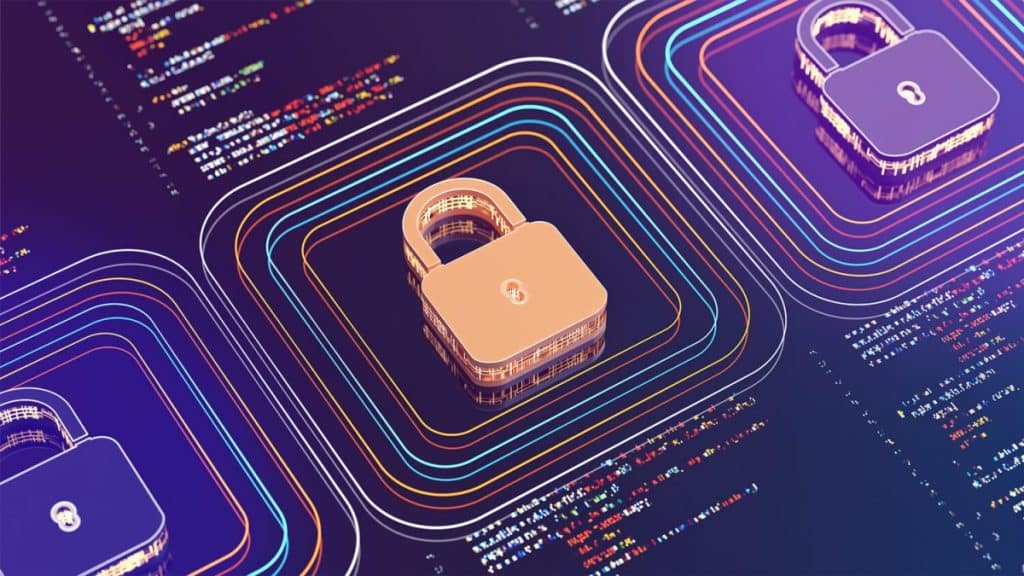Hey there! Have you ever wondered how creators keep their content secure in this digital world? Well, DRM (Digital Rights Management) technology is one thing that keeps it safe from illegal downloads and unauthorized sharing. Today, we’re diving deep into why DRM is critical in protecting your valuable content — be it movies, music, or eBooks—from piracy and unauthorized use.
What is DRM?
Imagine you’ve cooked up some delicious cookies and you’re taking them to the market. You’d want to make sure only those who pay get a taste, right? DRM does something similar for digital content.
It ensures that the content you buy, or subscribe to, is not just handed out for free. It’s like a lock and key system, but for digital files!
How Does DRM Work?
DRM is pretty clever. It wraps your content in a protective layer that controls how the content is used. Want to share that Netflix account with everyone in your apartment complex? DRM is there to say, “Nope, not happening!”
It restricts how content is copied, shared, or even displayed. For example, you might be able to watch a show on your phone but not record it. Try taking a screenshot or record anything from Netflix app and you will end with a black screen with nothing on it. That’s DRM into action.
The process involves a few key players,
Encryption: This scrambles the content, making it unreadable without the right key.
Rights Management: This defines what you can and can’t do with the content. Can you watch it 100 times? Can you burn it to a DVD?
Licensing: This manages who has the keys to unlock the content and what they can do with it once it’s unlocked.
Online Video Watermarking: Another Layer of Security
On top of DRM, there’s another effective technique called online video watermarking. This technique embeds a unique, invisible mark on a video, which can trace any instance of piracy back to the source.
Think of it as a digital fingerprint; no matter where your video ends up, you can identify who leaked it. This is especially handy for content creators who are tired of seeing their videos being shared illegally. It’s an extra deterrent that makes pirates think twice before distributing copyrighted material.
Why Is DRM So Important?
Here’s the deal—content creation isn’t cheap. Studios spend a ton of money to produce the movies and shows we love. Without DRM, it’s way too easy for content to spread uncontrollably across the internet.
Imagine filmmakers just getting a fraction of what they should earn because their movies are being shared freely. That could seriously discourage them from making more great stuff. DRM helps ensure creators and distributors get their fair share.
Is DRM Foolproof: An Ultimate Protection?
Well, not exactly. Like anything tech, it’s a cat-and-mouse game. New ways to bypass DRM protections pop up all the time. However, the tech is getting smarter and more robust, making it tougher for pirates to crack. Plus, companies are constantly updating their DRM strategies to keep up with new threats.
A Look at Different DRM Systems
You’ve probably encountered different types of DRM without even realizing it. Each company tweaks its DRM to suit its needs,
Apple’s FairPlay: Used in iTunes and Apple Music, it keeps your downloads safe from piracy.
Microsoft’s PlayReady: A go-to for many streaming services, ensuring that only paying subscribers get access to premium content.
Google’s Widevine: Used by Chrome and Android, it’s versatile enough to handle different levels of security depending on what’s needed.
What’s the Catch?
DRM isn’t without its critics. Some argue it can be too restrictive, complicating legitimate uses of content like watching a movie you bought on multiple devices. There’s a balance to be struck between protecting rights and offering convenience, and not everyone thinks the current systems always hit that mark.
In the Real World
Take the gaming industry, for example. Games like those from big names such as Ubisoft or Electronic Arts often come with DRM. This has stirred some heated debates among gamers, especially when it affects gameplay performance or when a game requires constant internet connection just to check if it’s legitimate.
The Future of DRM
Looking ahead, DRM will likely get even more integrated into our digital lives. As the world moves more toward streaming and cloud services, expect DRM to evolve and adapt. It’s all about finding that sweet spot where security meets user-friendliness.

